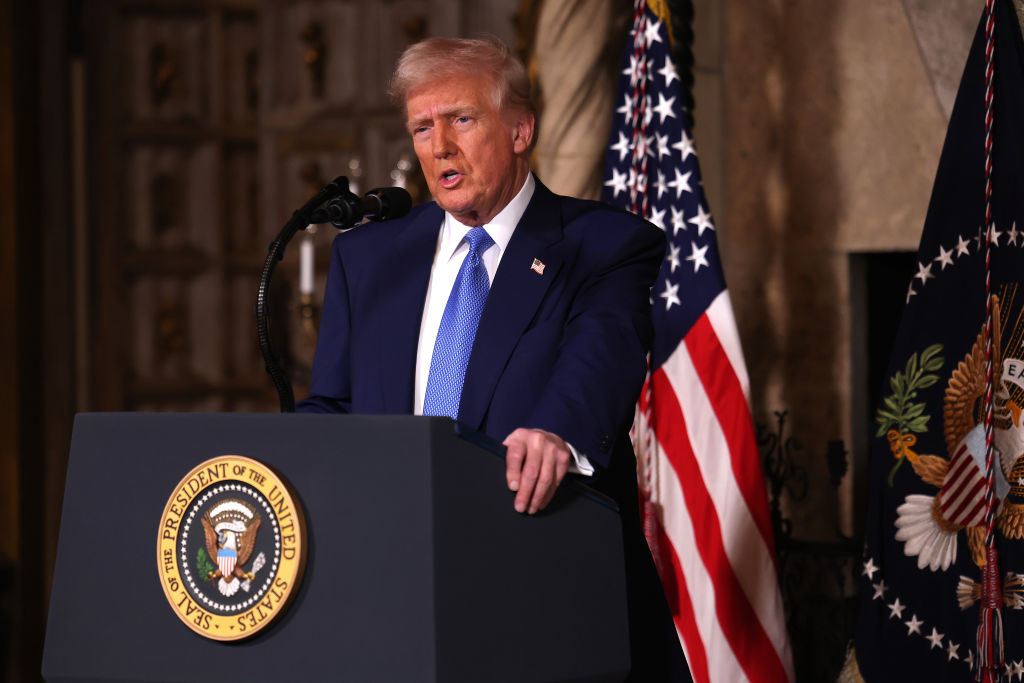Daniel Bessner
Yes, one can even imagine the North Atlantic world as a single polity, in the sense that it has — or imagines itself as having — a shared cultural heritage. These are, after all, the major colonial powers. They’ve been working against each other, but also to some degree against the Global South, for five hundred or so years.
American foreign policy thinkers determined in the postwar era that the United States needed control and/or influence over major industrial bases around the world. Obviously, that included those in the United States itself, but also in Central and Western Europe and Japan. This was the essential geostrategy of US hegemony, that you needed to control these industrial bases that would give you security and ensure prosperity.
World War II was a demonstration of what happens when the US did not act as a hegemon. Obviously, there are precedents for US involvement on the continent going as far back as the 1920s. The Dawes Plan, the Young Plan, and the Kellogg-Briand Pact, were all multilateral agreements set up to prevent the reemergence of war in Europe. But none of this compared to the level of US military and political involvement after World War II.
So this is a gigantic transformation in US foreign policy in the postwar era, really an epochal transformation. The United States wanted to do two things. It wanted to ensure that the Soviet Union didn’t invade Western Europe because the Soviets just had many more troops on the ground, they needed to develop nuclear weapons, and they basically needed to enfold Britain, France, and what was becoming West Germany, the Federal Republic of Germany, into a Western alliance.
The major countries of Western Europe, of course, have long, proud martial traditions, but it’s the United States that really comes in there under the guise of NATO to quote-unquote guarantee…
Auteur: Daniel Bessner

